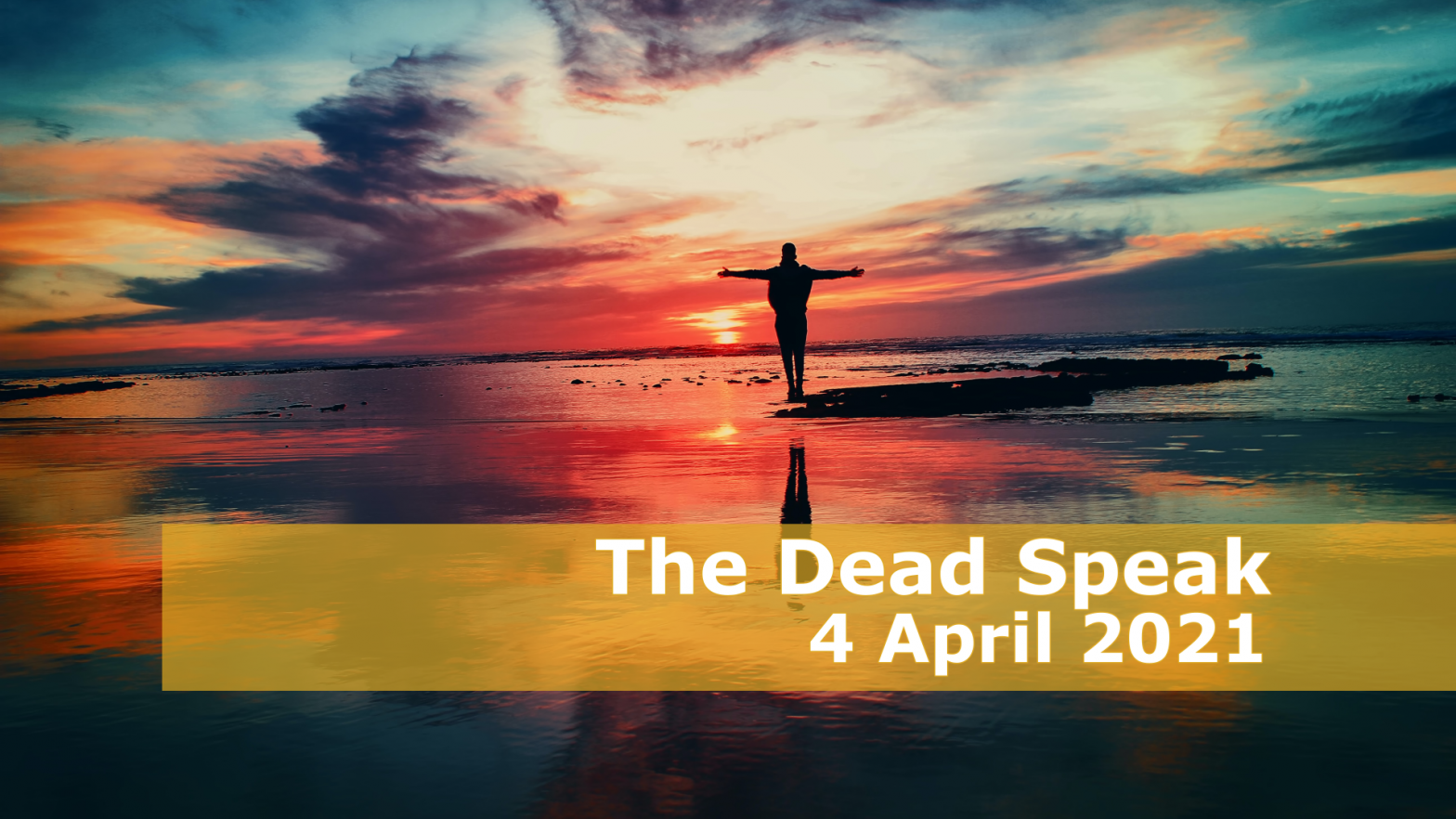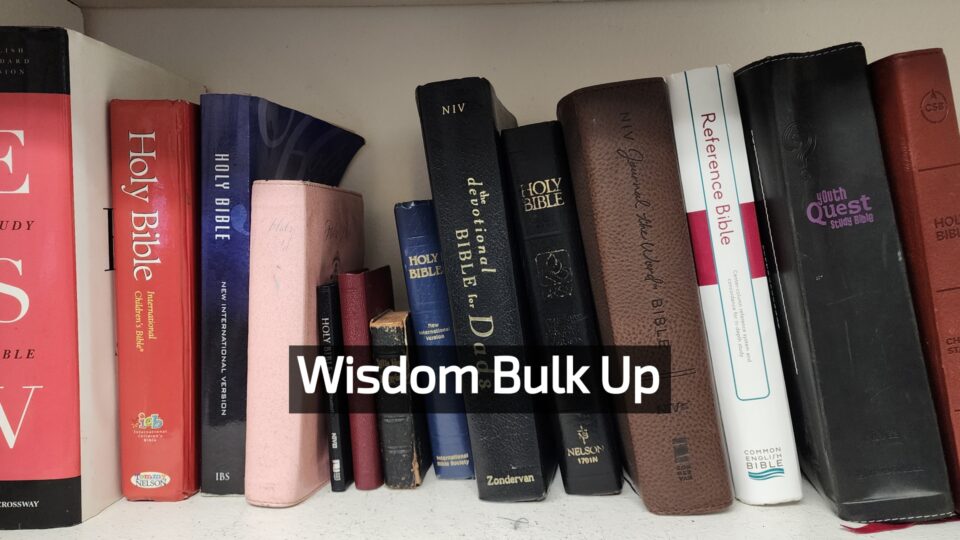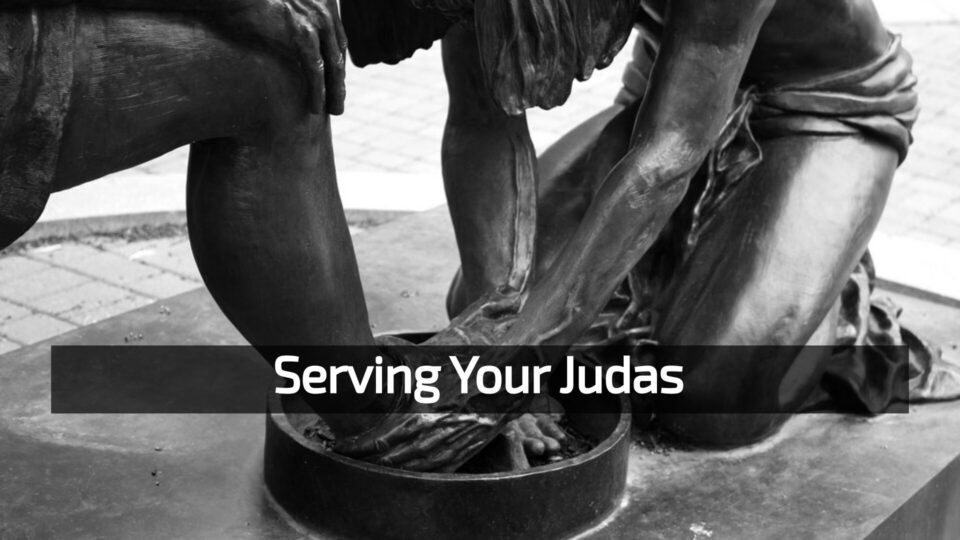-

The Dead Speak
Ian
Isaiah 25:6–9; Psalm 118:1–2, 14–24; John 20:1–18 The stone. We always talk about the stone on Easter. There was no question it was a big stone so that it was moved without human intervention was a big deal. As much as the stone is represented simply, it isn’t simple. Mary ran back to inform the
About

Writings that we hope will deepen your relationship with Jesus Christ through the reading of the Scriptures.




